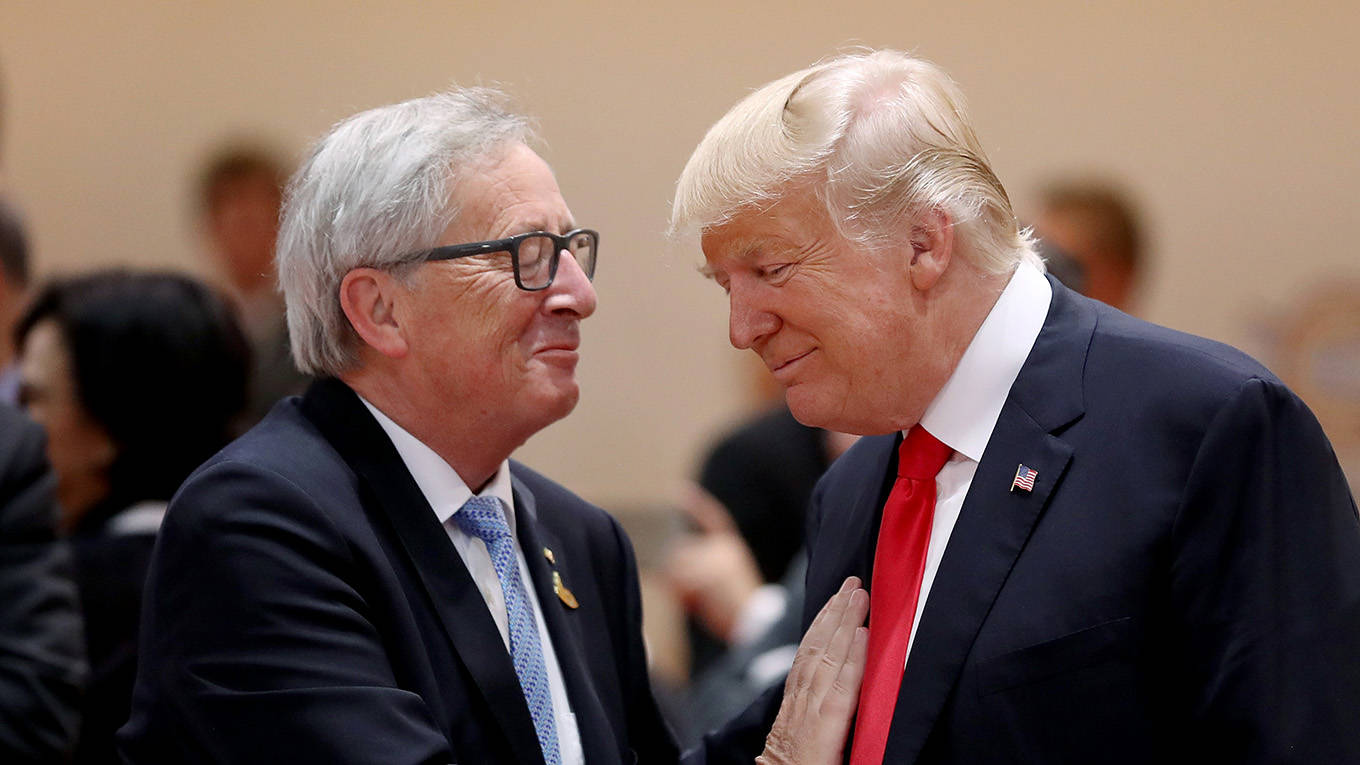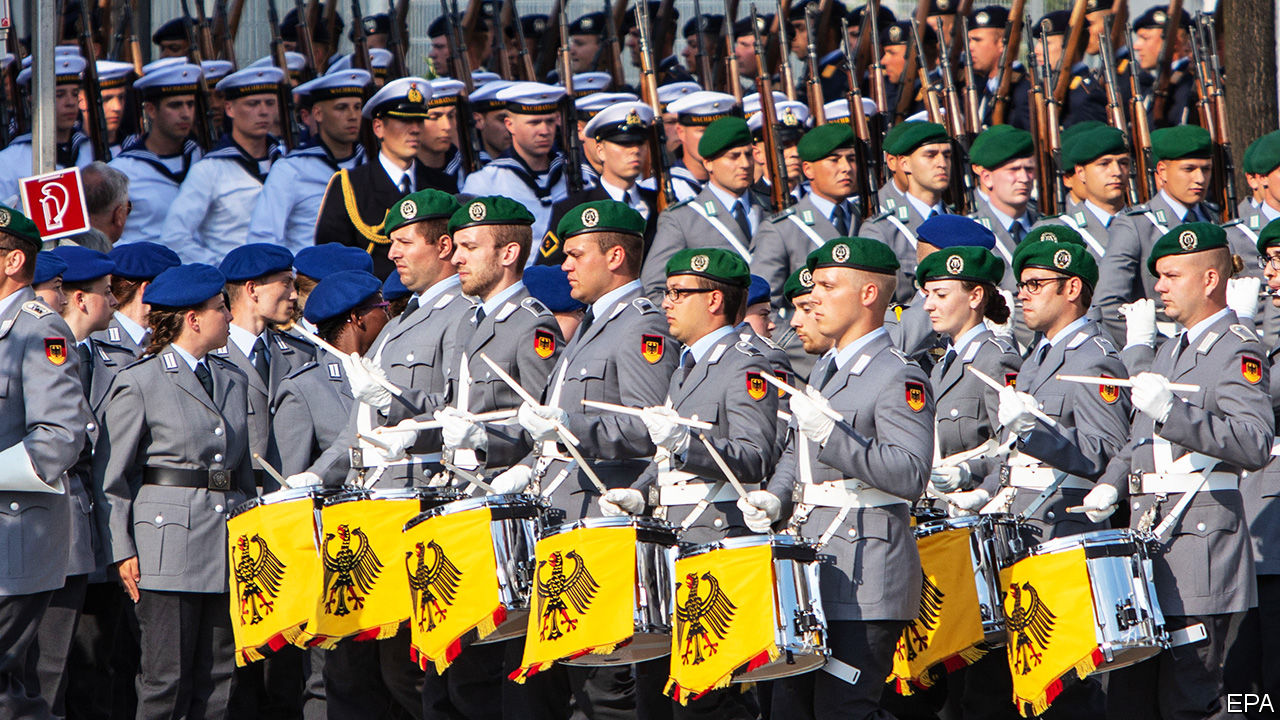Taliban’s political stature rises with talks in Uzbekistan
ISLAMABAD (AP) — In a rare diplomatic foray and the strongest sign yet of increasing Taliban political clout in the region, the head of the insurgents’ political office led a delegation to Uzbekistan to meet senior Foreign Ministry officials there, Uzbek and Taliban officials said. Taliban political chief Sher Mohammad Abbas Stanikzai represented the insurgents in the four-day talks that ended on Friday and included meetings with Uzbekistan’s Foreign Minister Abdulaziz Kamilov as well as the country’s special representative to Afghanistan Ismatilla Irgashev. The meetings follow an offer made by Uzbek President Shavkat Mirziyoyev in March to broker peace in Afghanistan.







/arc-anglerfish-arc2-prod-mco.s3.amazonaws.com/public/YYEYULOJIZCXTGD7UCROSVKL7U.jpg)
/arc-anglerfish-arc2-prod-mco.s3.amazonaws.com/public/6UYPIHVSWNGWVHUOEBWZLSNFJA.jpg)

